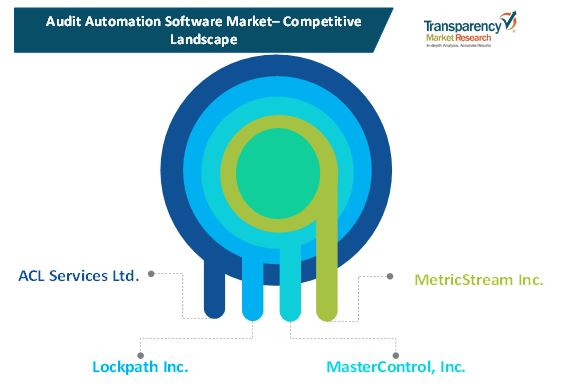

It can be used during the reporting stage to assist with risk quantification or root-cause identification. It can be used during the fieldwork stages of an audit to model continuous controls or detect fraud indicators. HOW DATA ANALYTICS CAN BE USED BY INTERNAL AUDITĪn internal audit team can use data analytics during the planning phase of an audit for risk profiling or statistical sampling.
PROS OF ACL AUDIT SOFTWARE SOFTWARE

Analytics can reduce the margin for human error. One example, scripts can be used for routine or periodic audit rather than manually performing an analysis. There are many benefits of using data analytics in an internal audit department. The widespread adoption of Enterprise Resource Platforms (ERP’s) greatly facilitates the use of data analytics as it reduces the need to integrate and reconcile data across systems. The accelerated pace of technological advancement and proliferation of specialized software and systems are allowing predictive analytics to gain more traction as their ease of use increases. Some form of descriptive and diagnostic analytics is used in most internal audit departments, however there are opportunities to do more. They are process-intensive and require highly sophisticated tools and technology.īENEFITS OF DATA ANALYTICS TO THE INTERNAL AUDIT DEPARTMENT They recommend decision options to mitigate a risk or to take advantage of a trend.

Simulation and optimization are used to suggest what action to take in the future. Their accuracy is highly dependent on the quality of the data. They predict what is likely to happen in the future. They utilize the findings of both descriptive and diagnostic analytics to detect tendencies, clusters and exceptions. There is the ability to drill down in the data to find dependencies and identify patterns. They are used to develop deeper insights and understand the cause-and-effect of why something happened. They take things a step further to answer why something happened in the past. These allow us to learn from past behaviors and gain a view as to what might happen in the future. Raw data is summarized to describe what happened in the past. These conclusions can then be used for a variety of purposes such as making operational changes, revising policies or procedures and developing risk management strategies. In practical terms, data analytics is the process of examining data sets to draw conclusions about the information they contain, usually with the help of specialized software and systems. While not all-inclusive, the following is a high-level overview of how data analytics can be leveraged by internal audit to benefit the corporation. Data analytics can be utilized to perform deeper and more thorough analysis, improve evaluation of risks and internal controls and identify fraud. So, as companies shift from being data generating to data powered, internal audit must take advantage of this using data analytics. It is a challenging responsibility because internal audit must stay ahead or, or at least even with, company strategy. Internal audit departments are being tasked with providing more value and delivering deeper insights through the projects they complete.


 0 kommentar(er)
0 kommentar(er)
